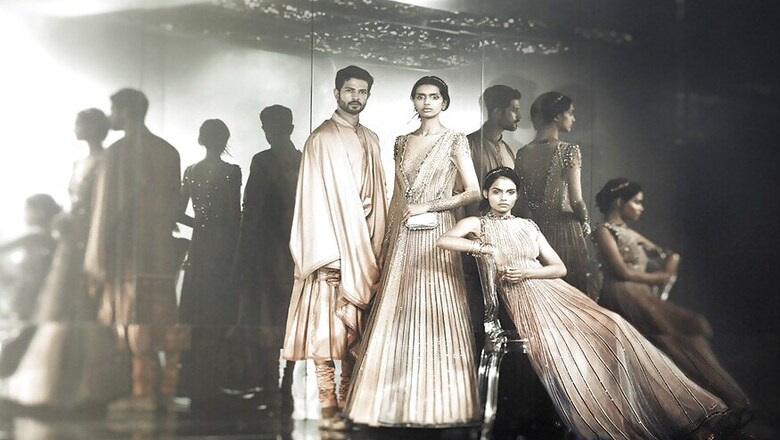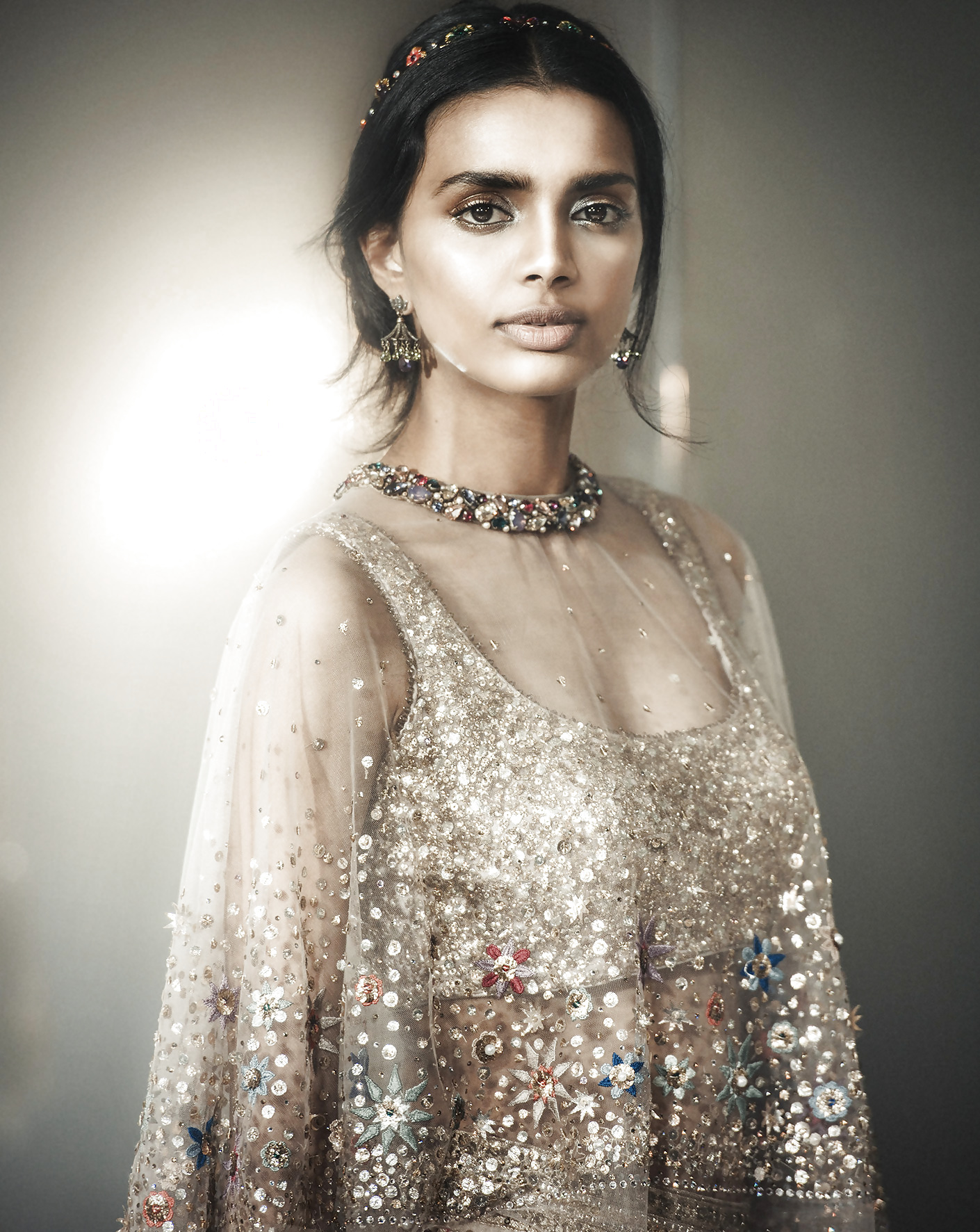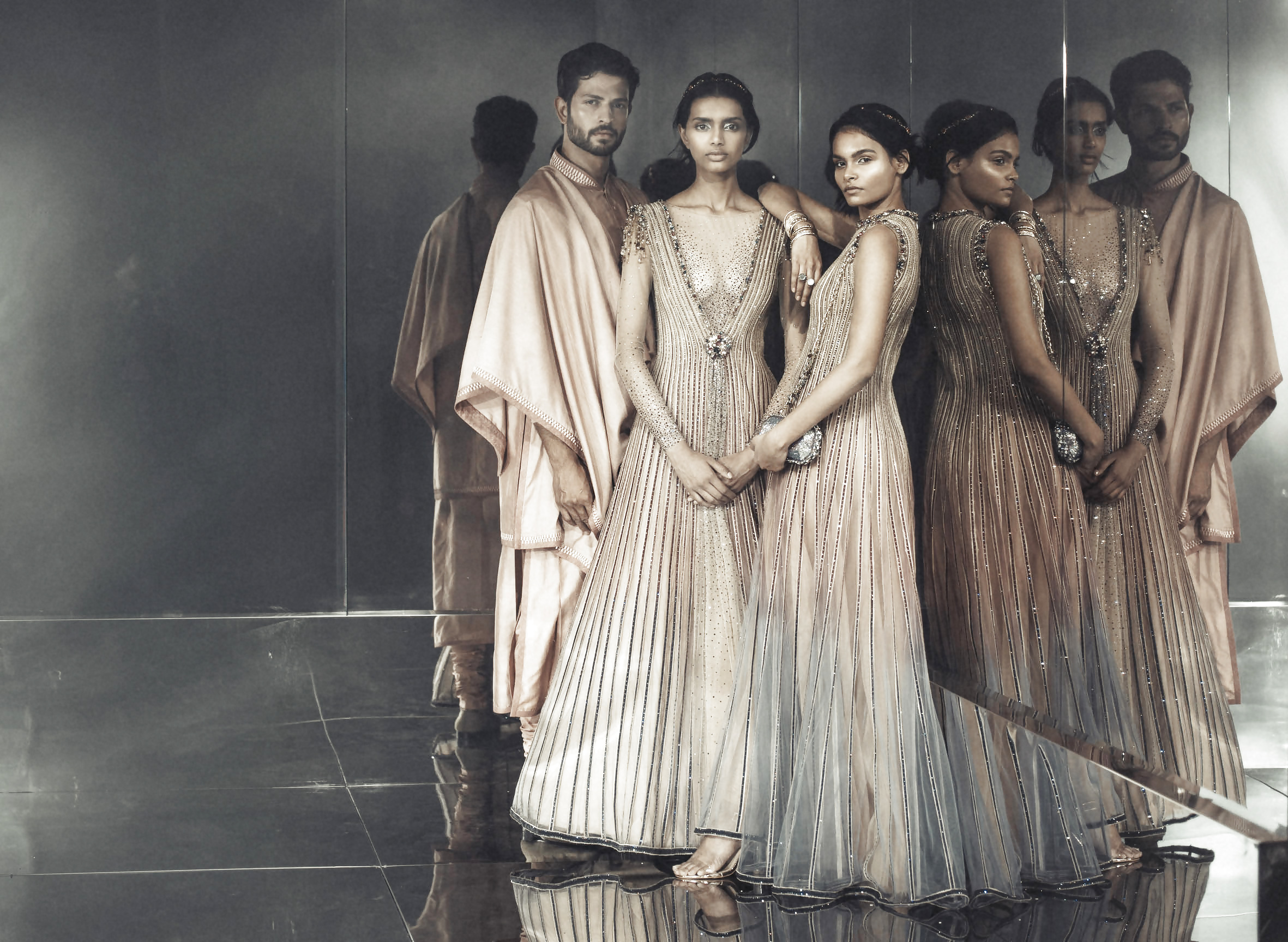
views
Ace designer Tarun Tahiliani is all set to bring to the ramp a portrait of understated cosmic glamour with his collection Tarakini on day 3 of the ongoing Lakme Fashion Week Summer/Resort 2018. With inspiration from all over the universe, constellations and stars make the core theme for the collection.
"With silhouettes that sparkle and shine, as if through a haze of stardust, ‘Tarakini’ is a portrait of understated cosmic glamour. The frothiness of celestial bodies translates into the lightness and movement of the garments," says Tahiliani in an interaction with News18.com. The colour pallete of oranges, mauves and pure pinks will represent the sunrise and the in-between sky hues. "The way light reflects off of the imperceptible objects in the sky forms the 3D work that is weightless," he adds.

There's often a belief that Bollywood showstoppers take away the limelight from the collection and while Tahiliani agrees with this, he also points out that not having a celebrity showstopper turns into less publicity for a show, noting, "It is true having a Bollywood showstopper distracts from the clothes, however when Fashion Week is over, if you don’t get that Bollywood showstopper, you get much less publicity for your show quite often. Unfortunately, in this age of Instagram and people watching things all over the net, a recognized face gets much more of press. It’s all a game."
However, having fought against it for long, Tahiliani says that they have decided to use celebrities who they truly believe in now. "For instance, we are having Kriti Sanon walk for us. After seeing 'Bareilly ki Barfi', I am hooked on to her because I thought that not only was she fashionable, she was super cool, a great actress and she represented a fantastic Indian reality in that film, a dream sequence that someone would like to escape to," he explained.

Tahiliani, who picks only a handful of people when asked about the best fashion sense in film industries - both Bollywood and Hollywood- doesn't make qualms in stating that "there's a lot of over-styling and styling stars in clothes which do not suit them necessarily."
"In Bollywood, people like Kangana Ranaut and Aditi Rao Hydari really make their outfits stand out and Katrina Kaif is very true to her style of restrained elegance. Kriti Sanon looks fantastic. Kareena looked absolutely spectacular during Diwali playing the elegant grand dame, but in general there is a lot of mismatch in everything. I think Alia Bhatt has stepped up in the younger lot. In Hollywood, I think some of the older actresses who relied less on fashion are still my favourites. I find Cate Blanchet wonderful – very chic, very elegant and also willing to take risks. Also Kate Winslet, though she is not known for her fashion," he says.
"I think now it’s not just about a pretty diva, it’s about the diva with a mind and because you have great mind you are not expected to look like you’ve just spent 7 hours in the salon," he quips.

Having been in the industry for more than 25 years, Tahiliani is perhaps the right person to map the evolution of Indian fashion industry. "It has moved from a time where people bought textile fabrics and wore a lot of sarees and had simple clothes tailored to a more sophisticated, evolved industry where you have the textiles but with a great deal of construction and technology in a fast ready-to-wear market that caters to people of all shapes and sizes and for different occasions," he says.
And at the pinnacle of this, he feels, is bridal wear, which according to him is the most dressy part of the Indian fashion. On being asked if Bollywood has a role to play, Tahiliani responds, "This by all means has helped by – this consumption has been fueled by Bollywood which has also made fashion more homogeneous. We now see people in the south are wearing lehangas and a lot of people in the north are wearing kanjivarams so in brief, everything feeds on everything."
The designer is also happy that Indian designers are now beginning to make a mark in the global industry, noting, "Indian work is very craft based, so it’s not conducive to mass production. Designers are first making their marks with Indians living abroad and catering to their needs - the biggest designers tend to focus on that, after which they work to make their clothes more contemporary, so naturally they get more global."













Comments
0 comment